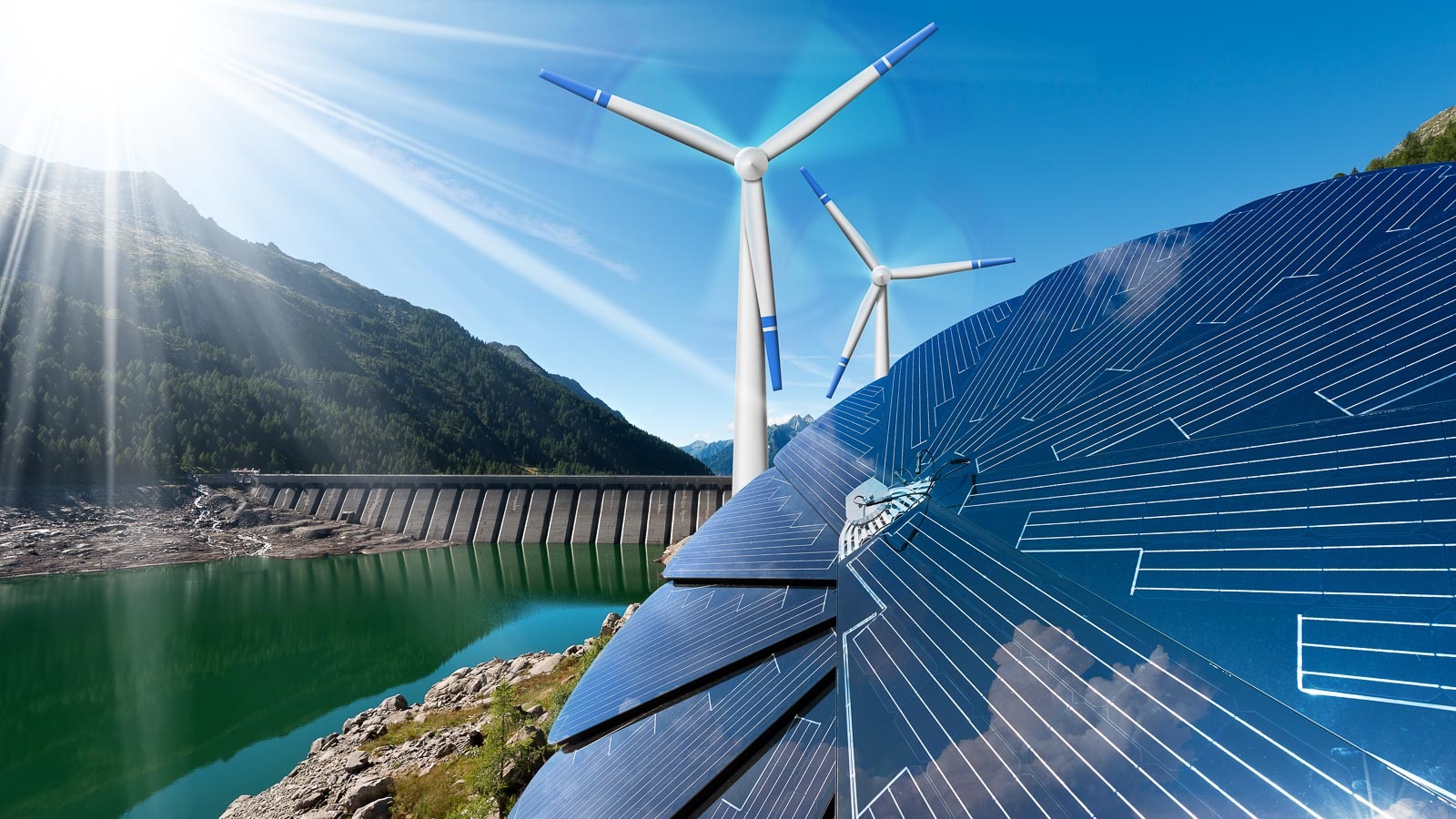How do we catch the wind or hold a sunbeam in our hands? We don’t — but pumped storage hydropower is the quiet giant that does it for us.
This commercially proven energy storage method uses pumps to transfer water from lower to higher ground when wind and solar energy sources have generated more electrical power than we need and when electricity rates are low. Then, the water generates electricity as it goes back downhill and rushes through propeller-like turbines when solar or wind energy is low, user demand is high and rates are peak. Pumped storage hydropower currently provides about 94% of all energy storage in the U.S. It has done so for decades, providing flexibility and support to the nation’s traditional power grid, and it can efficiently support the growing renewable energy sector.
However, its value has been historically difficult to capture.
“Grid operators love pumped storage hydropower, but energy storage technologies are not represented [well enough] in current electricity markets,” explained Vladimir Koritarov, acting director and program manager of the Center for Energy, Environmental, and Economic Systems Analysis at the U.S. Department of Energy’s (DOE) Argonne National Laboratory. “The market design doesn’t represent well their unique characteristics, which include both generation and demand.”
To address this gap, the DOE’s Water Power Technologies Office tasked Koritarov and his colleagues at Argonne, as well as four other national laboratories (Idaho National Laboratory, National Renewable Energy Laboratory, Oak Ridge National Laboratory and Pacific Northwest National Laboratory), with developing definitive guidance on how to value pumped storage hydropower projects. The effort was successful, and the DOE published the Pumped Storage Hydropower Valuation Guidebook: A Cost-Benefit and Decision Analysis Valuation Framework.
Why do we need pumped storage hydropower?
The U.S. has set the goal of having a 100% carbon-free electricity sector by 2035 and a net zero energy economy by 2050. This means traditional coal and gas power plants will need to retire as more variable wind and solar power rise. Wind and solar power are considered variable because how much energy is generated depends on how “windy” or “sunny” it is outside at a given time. This grid transformation, in combination with changing climate conditions, will create new power reliability and storage capacity demands. The 2021 polar vortex in Texas and the 2020 heat wave in California are examples of the grid’s growing pains during this period of necessary change.
Existing pumped storage hydropower plants, constructed long before wind and solar entered the market, can help with de-carbonization and grid resiliency goals. It can help by filling in the gap between energy demand and supply when there isn’t enough wind or solar power. However, they won’t provide nearly enough storage or flexibility as solar and wind energy grow. More plants need to be built and key decision-makers need a common language to analyze and justify investment in what is typically lengthy, expensive hydropower plant development.
“If a banker approves a house loan, they send an appraiser,” said Koritarov. “Similarly, in power system investments, decision-makers want to know how much [the investment] is worth. Should they approve the loan or not? With the guidebook, they can trust the results of an objective, transparent valuation methodology.”
The guidebook helps measure both monetized and non-monetized value streams. For example, developers (such as utilities or independent power producers) planning a new project can examine effects of market rules and mechanisms, and the likelihood of getting back their investment. Regulators can judge if a project is economical and predict when a new plant will have a positive impact on consumers’ electricity rates. A financial institution can find assurances before it approves loans or loan guarantees. Others can use the guidebook to assess a plant’s impact on de-carbonization goals, grid resiliency or the environment.
In addition to providing techno-economic analysis, the guidebook offers a decision analysis based on multiple factors that weigh monetized and non-monetized benefits. Readers can come up with an overall ranking of different plant capabilities or find a best alternative by taking into account different aggregates.
Stickers on energy storage mean “real world” results
Developers of current pumped storage hydropower projects, such as Rye Development and Absaroka Energy, are already betting the guidebook will help stakeholders understand the true potential of this clean energy storage technology.
“We are happy to see it released,” said Erik Steimle, Vice President of Project Development for Rye Development. “It will help companies like ours explain the benefits and importance of projects like the Goldendale Energy Storage Project.”
Eli Bailey, Vice President of Business Development of Absaroka Energy, added: “[The guidebook] will be an important touchstone for [many] throughout the energy industry to educate themselves and understand the true value of pumped storage hydropower. It will help create the case for deploying this important technology in the United States.”
Original article published on May 21, 2021.
